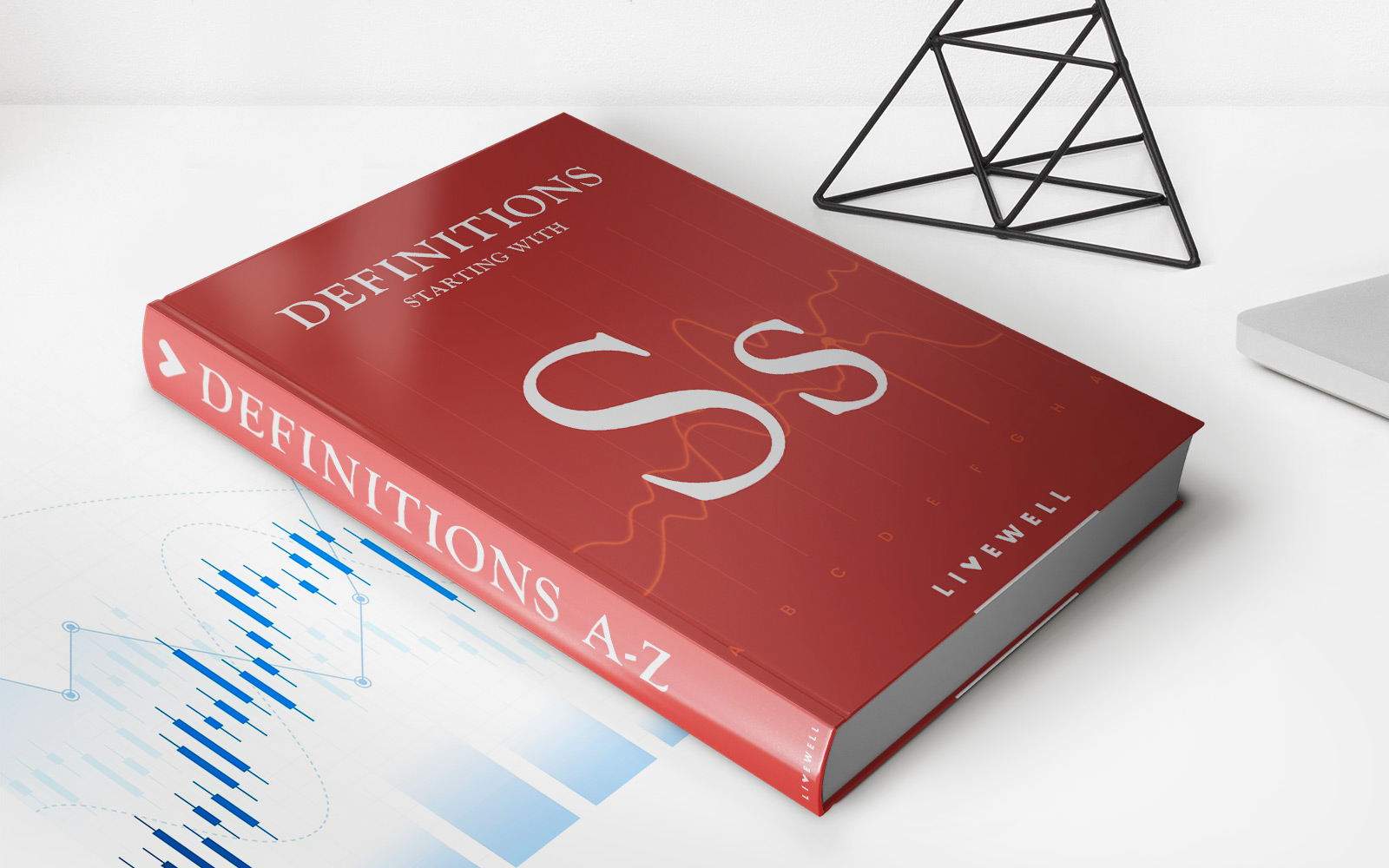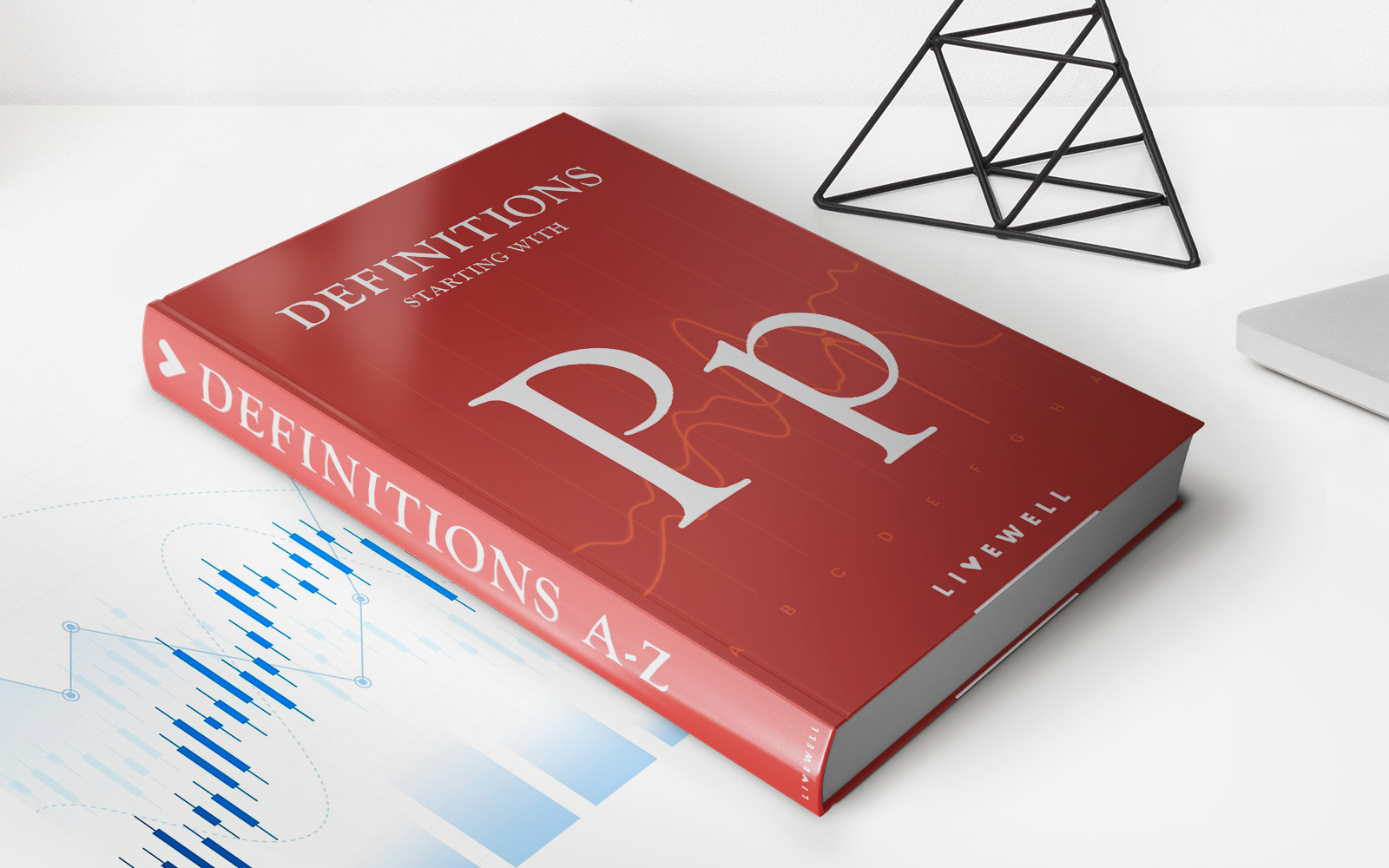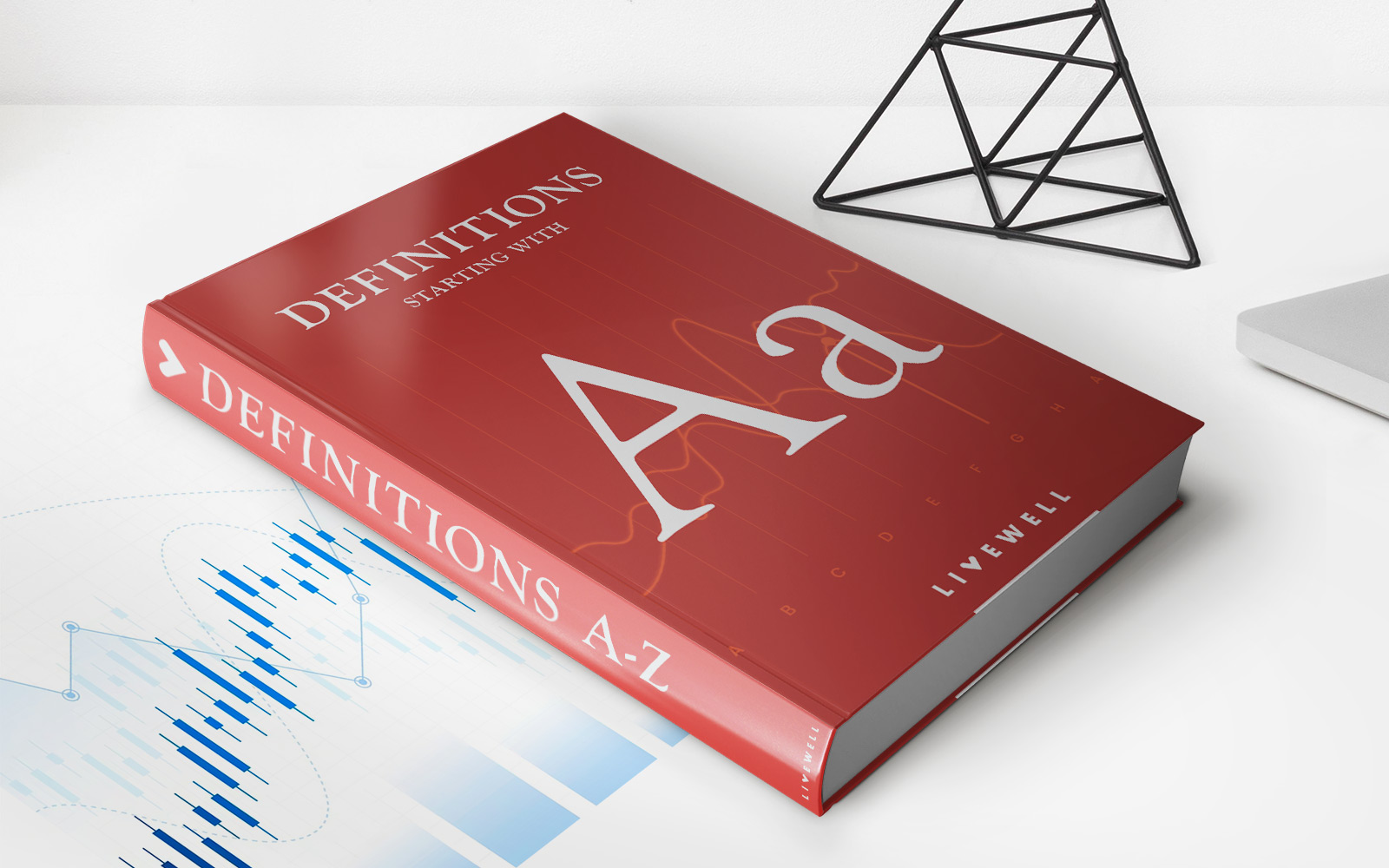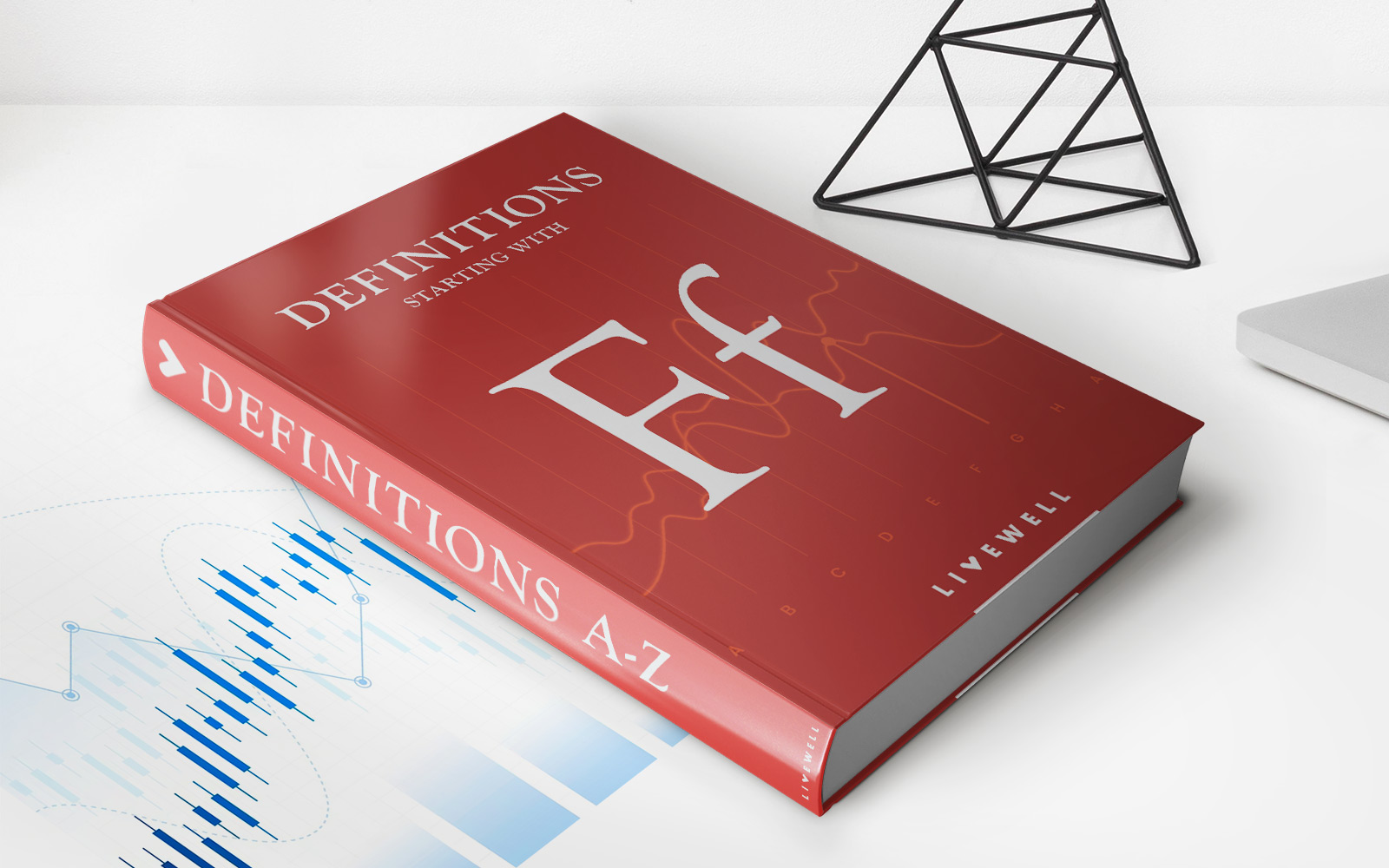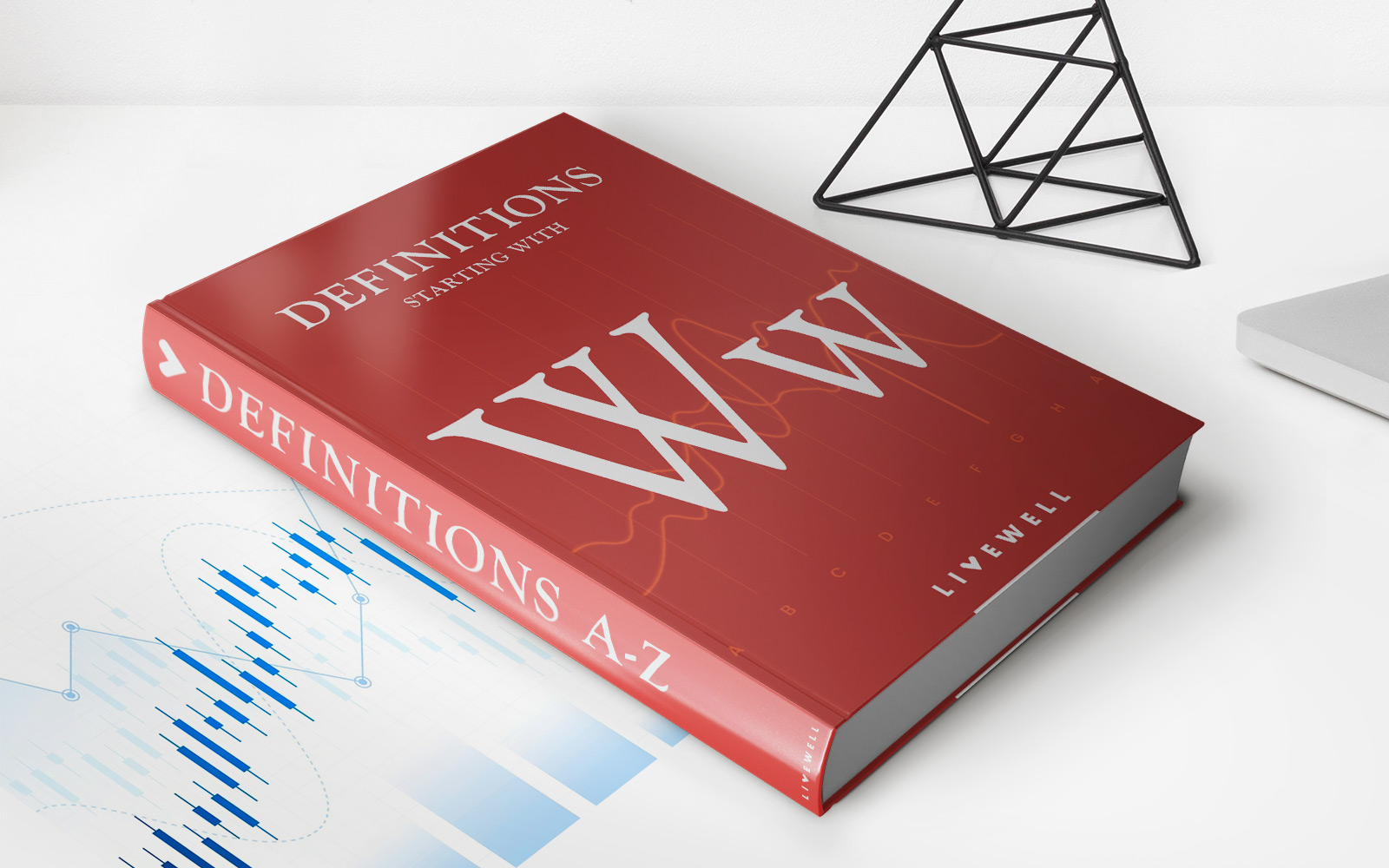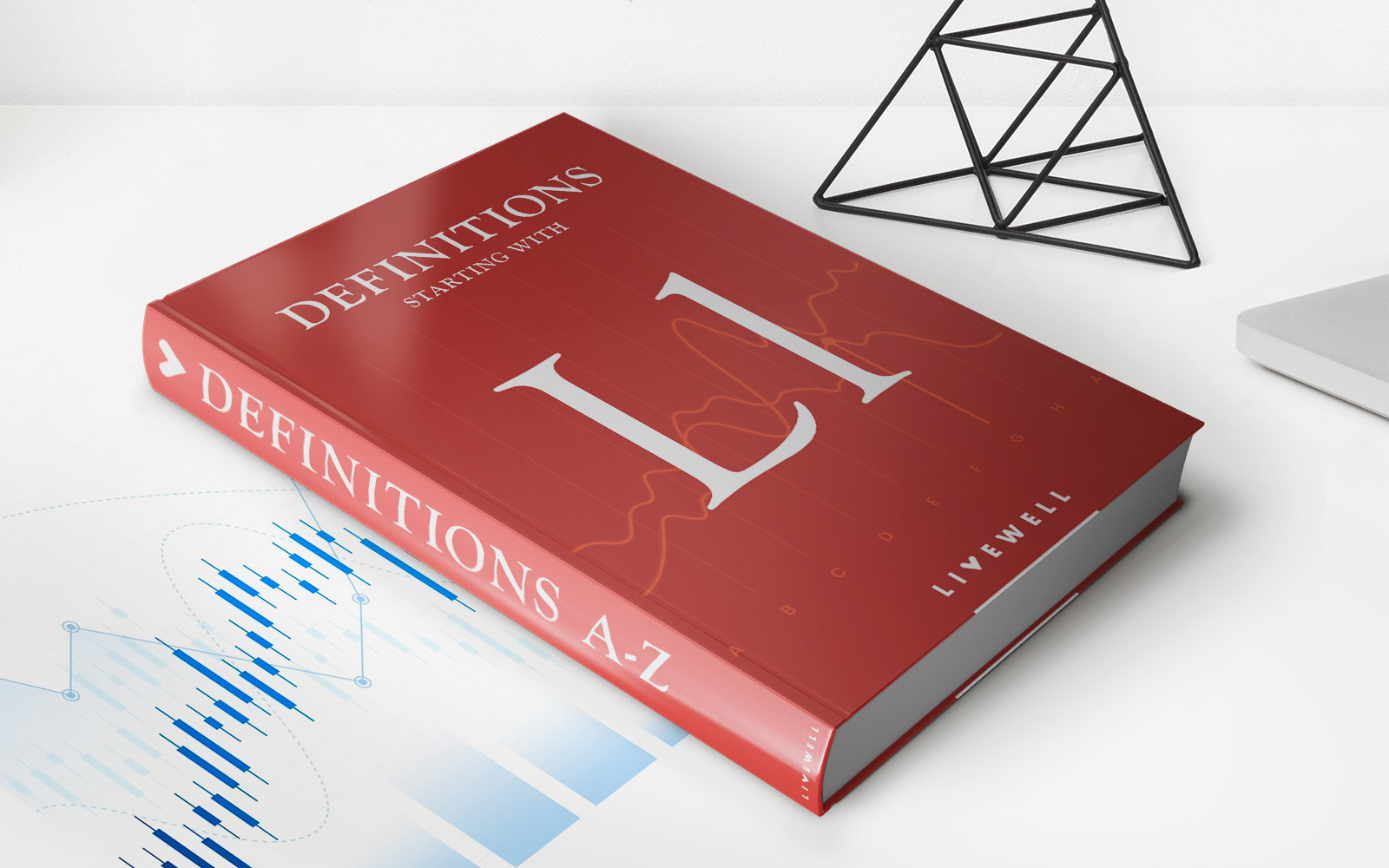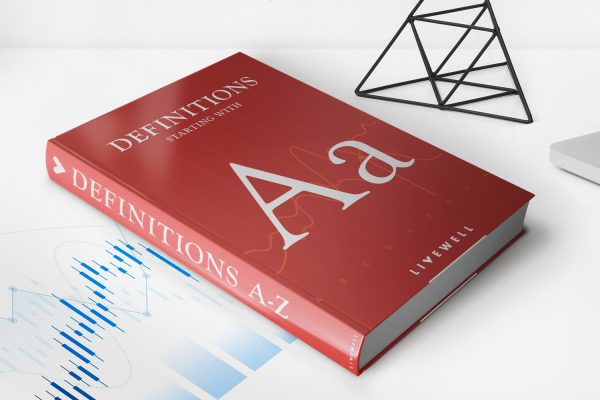Home>Finance>Qualified Retirement Plan: Definition And 2 Main Types
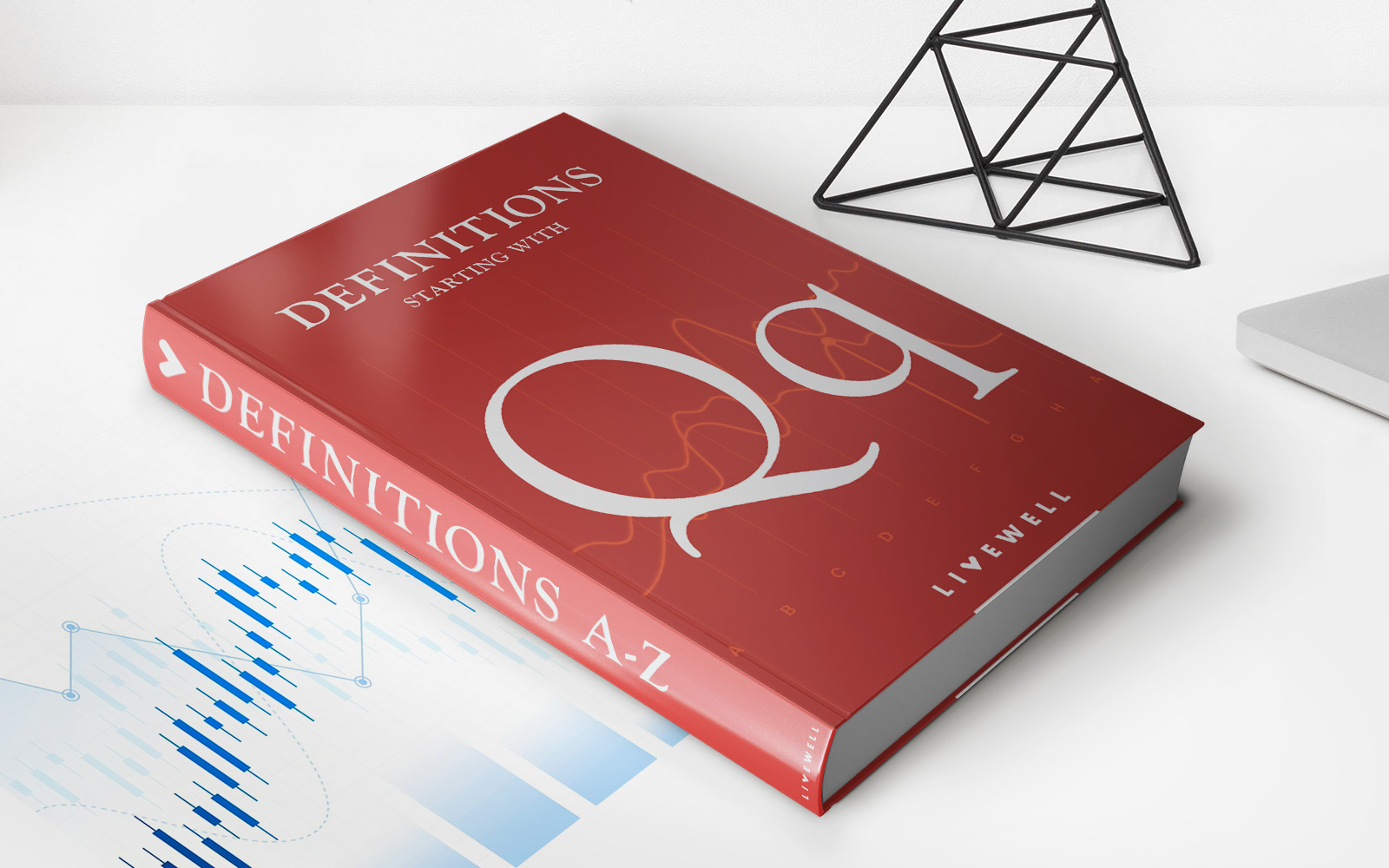

Finance
Qualified Retirement Plan: Definition And 2 Main Types
Published: January 14, 2024
Learn the definition of a qualified retirement plan and explore the two main types. Discover how these plans can help you secure your financial future.
(Many of the links in this article redirect to a specific reviewed product. Your purchase of these products through affiliate links helps to generate commission for LiveWell, at no extra cost. Learn more)
Qualified Retirement Plan: Definition and 2 Main Types
When it comes to planning for our financial futures, saving for retirement is a top priority. While there are various investment vehicles available, one popular option is a qualified retirement plan. In this post, we will delve into the definition of a qualified retirement plan and highlight its two main types, providing you with valuable insights to help you make informed decisions about your retirement savings. So, let’s get started!
Key Takeaways:
- A qualified retirement plan is a tax-advantaged investment account designed to help individuals save for retirement.
- There are two main types of qualified retirement plans: defined benefit plans and defined contribution plans.
What is a Qualified Retirement Plan?
A qualified retirement plan is an investment account that meets specific guidelines set by the Internal Revenue Service (IRS) to receive favorable tax treatment. These plans are established by employers to help their employees save for retirement, and contributions to qualified plans are generally tax-deductible.
Qualified retirement plans are subject to rules and regulations that ensure the fair treatment of employees. They offer tax advantages such as tax-deferred growth on contributions and tax-free distributions during retirement. By taking advantage of these plans, individuals can maximize their savings potential and potentially reduce their current tax liabilities.
Two Main Types of Qualified Retirement Plans
There are two main types of qualified retirement plans: defined benefit plans and defined contribution plans. Let’s explore each of them in more detail:
1. Defined Benefit Plans
A defined benefit plan, also known as a traditional pension plan, promises employees a specific amount of retirement income based on factors such as length of service and salary history. The employer bears the investment risk and is responsible for funding the plan to ensure future benefit payments. Employees receive a predetermined monthly benefit when they reach retirement age.
Defined benefit plans provide employees with a reliable stream of income during retirement, as the employer guarantees the benefit. These plans are often seen in government organizations and larger corporations and are well-suited for employees who prioritize a steady income stream in retirement.
2. Defined Contribution Plans
A defined contribution plan is a retirement savings plan that allows employees and/or employers to contribute to an individual account. The ultimate benefit in a defined contribution plan depends on the amount contributed, the investment performance of the account, and the length of time the funds are invested.
This type of plan is popular and includes options such as 401(k) plans, 403(b) plans, and Individual Retirement Accounts (IRAs). With defined contribution plans, employees have control over their investment decisions, and the plan balance accumulates over time based on contributions and investment gains or losses.
Key Takeaways:
- A qualified retirement plan is a tax-advantaged investment account designed to help individuals save for retirement.
- The two main types of qualified retirement plans are defined benefit plans and defined contribution plans.
- Defined benefit plans offer a specific retirement income based on factors such as length of service and salary history, with the employer bearing the investment risk.
- Defined contribution plans allow employees and/or employers to contribute to an individual account, and the ultimate benefit depends on contributions, investment performance, and time.
In conclusion, a qualified retirement plan is a valuable tool to secure your financial future during retirement. Understanding the different types of plans available, such as defined benefit plans and defined contribution plans, can help you choose the most appropriate option based on your retirement goals. Remember, consulting with a financial advisor is always a wise decision to ensure your retirement plan aligns with your overall financial strategy.



